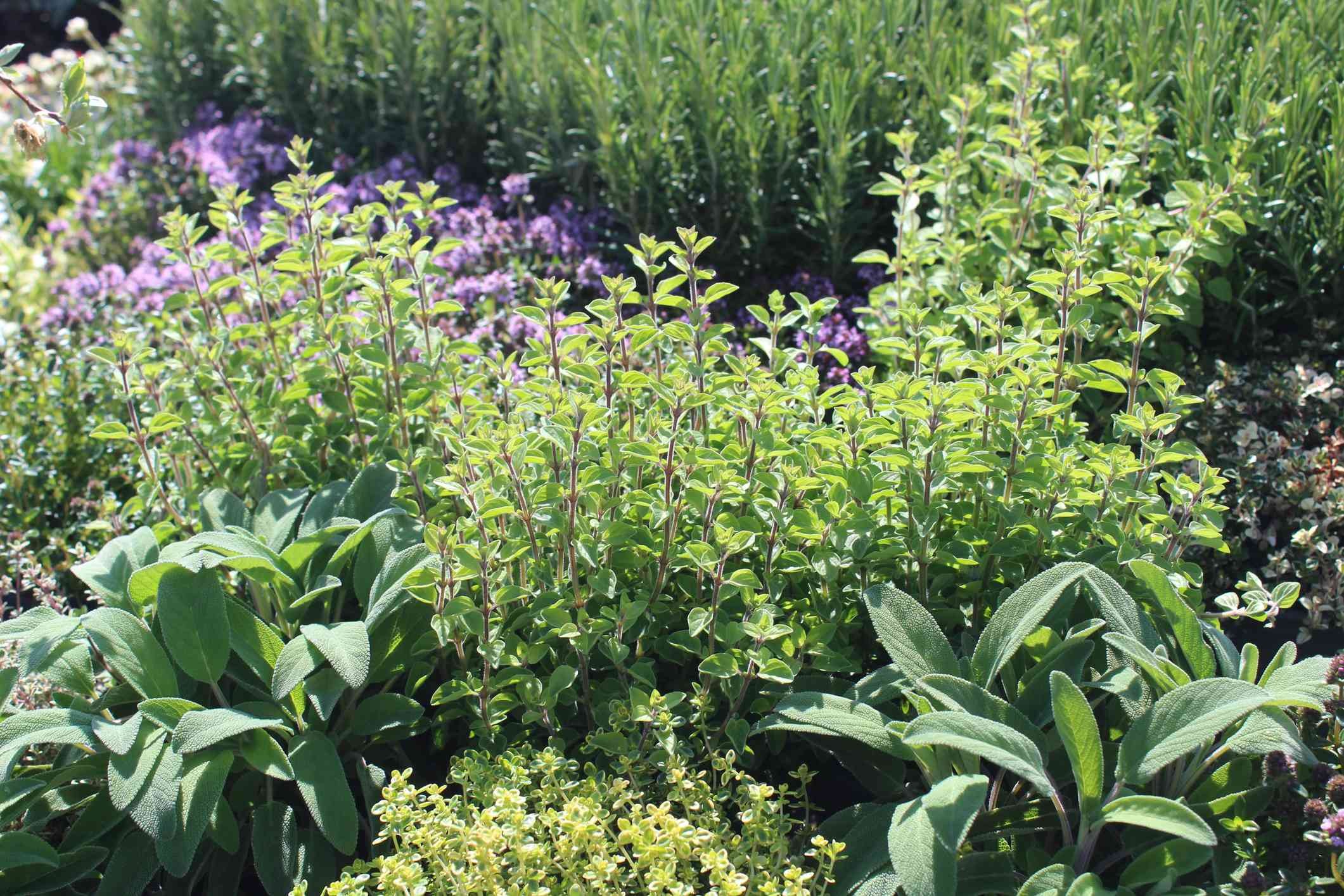Many home gardeners grow herbs for flavor, fragrance, and ease of cultivation. However, proper winter preparation—specifically pruning—can make or break your next growing season. Failing to manage herbs before the cold sets in can lead to overgrown, unproductive plants, or unwanted reseeding. Here’s a breakdown of what to do, and why it matters.
Зміст
Why Winter Pruning is Crucial
The key is understanding how different herbs react to frost. Some die completely, others go dormant, and some even thrive through mild winters. Pruning isn’t about uniformity; it’s about maximizing survival and future growth. Leaving the wrong herbs unmanaged leads to either messy reseeding or dead, decaying plants that harbor pests.
Annual Herbs: Let Them Go or Clear Them Out?
Tender annuals like basil are the easiest: they’ll die with the first hard frost (temperatures in the low 40s°F). Cut these to the ground or pull them out completely. Unlike some other herbs, basil doesn’t reliably reseed, so there’s no benefit to leaving it.
Hardier annuals such as cilantro, dill, chamomile, and pot marigold will reseed. If you want a natural crop next year, leave them standing until they die back. However, herbs like chives and valerian reseed aggressively. Remove seedheads to prevent unwanted spread.
Perennial Herbs: Timing Matters
Woody perennials (like rosemary and bay laurel ) are evergreen. They benefit from a light trim before winter to remove dead branches and leggy growth, but avoid heavy pruning. Save the major cuts for early spring when new growth is stimulated.
Leafy perennials like lemon balm and mint die back after frost. Cut them to 2-4 inches, leaving a bit of foliage to insulate the roots. This protects the crown, where new growth will emerge.
Specific Herb Care: A Quick Guide
Here’s how to handle common herbs:
- Basil: Cut or pull plants. Consider potting some for indoor growing.
- Cilantro: Leave it to reseed naturally.
- Dill: Let it die back naturally. Remove seed heads if replanting next year.
- Oregano: Light trim before winter. After frost, cut stems to 4-6 inches, leaving woody growth intact.
- Parsley: Cold-hardy. Pinch off yellowing leaves for continued harvest.
- Sage: Light trim after the first frost. Avoid cutting into the woody base.
- Thyme: Light trim in late fall; heavy pruning in spring.
Winterizing for Next Season 🌱
Mulch is your friend. Organic mulch provides insulation for cold-hardy herbs. For extra protection, consider row covers or hoop tunnels. Leave 2-6 inches of growth on most perennials to encourage regrowth from the roots.
Exception: Woody herbs like sage and lavender can be tidied, but save heavy pruning for spring. Trimming around the first frost prevents new, vulnerable growth.
In conclusion, winter herb care isn’t about one-size-fits-all pruning. It’s about understanding each herb’s life cycle and adjusting your approach accordingly. Proper preparation ensures healthier plants, better yields, and a thriving garden next season.
